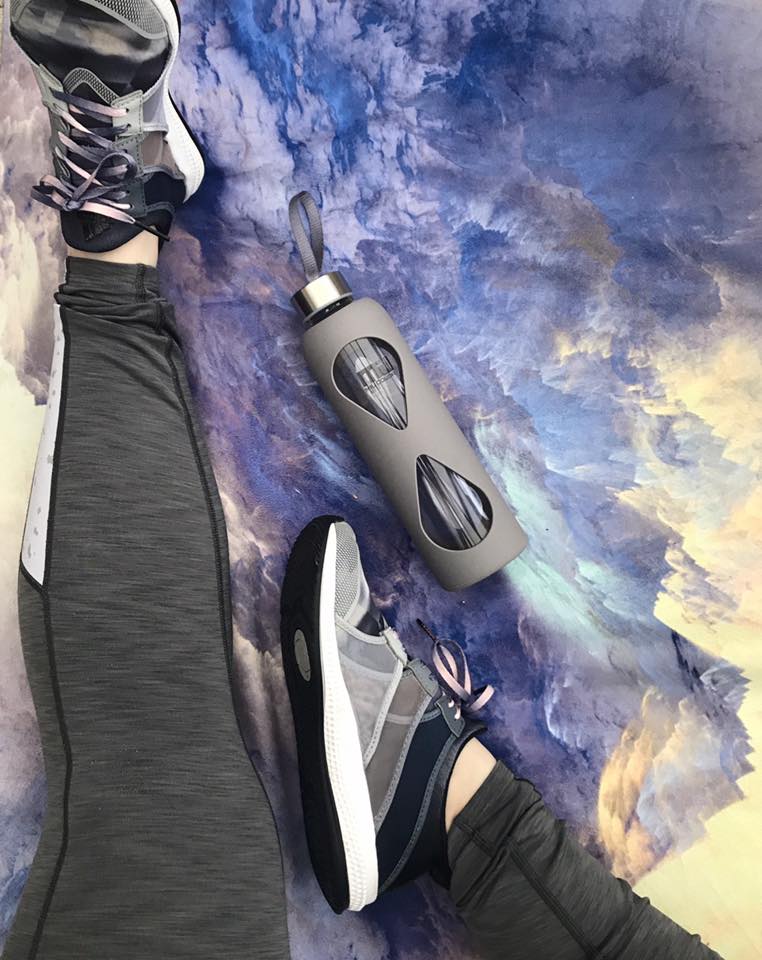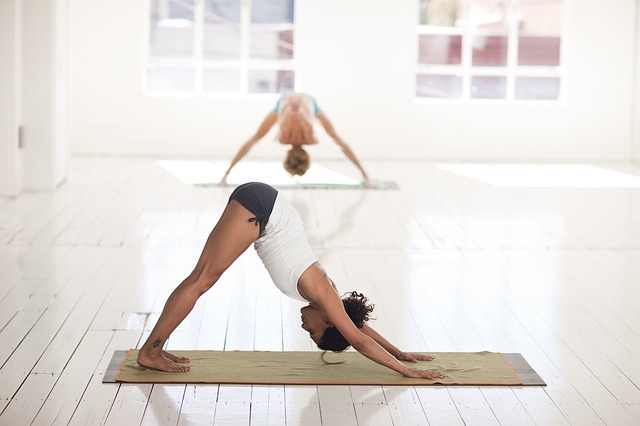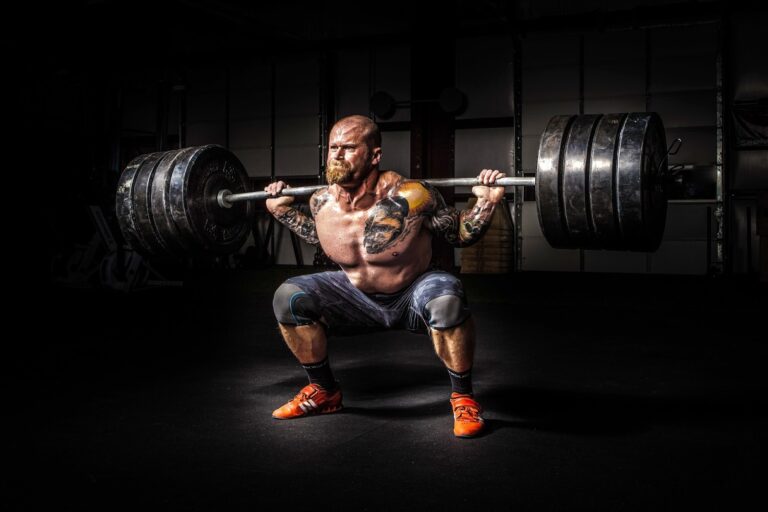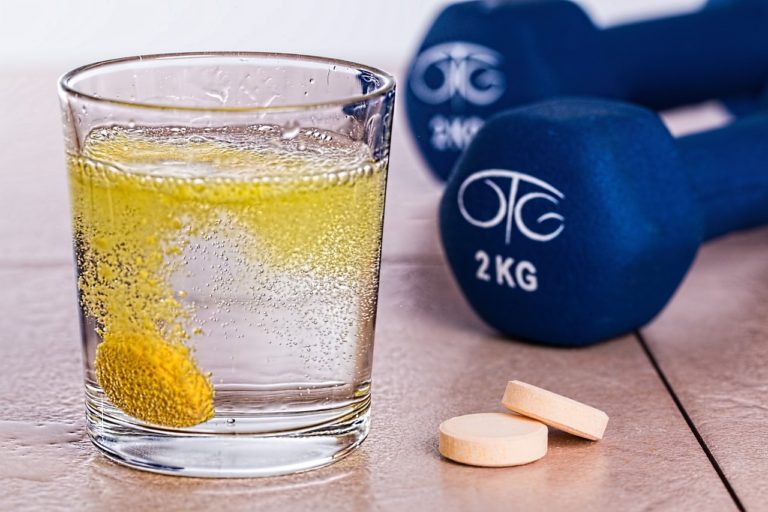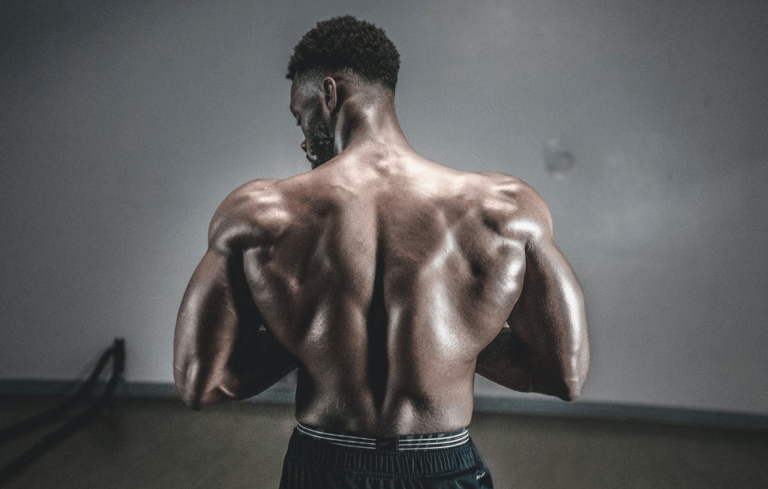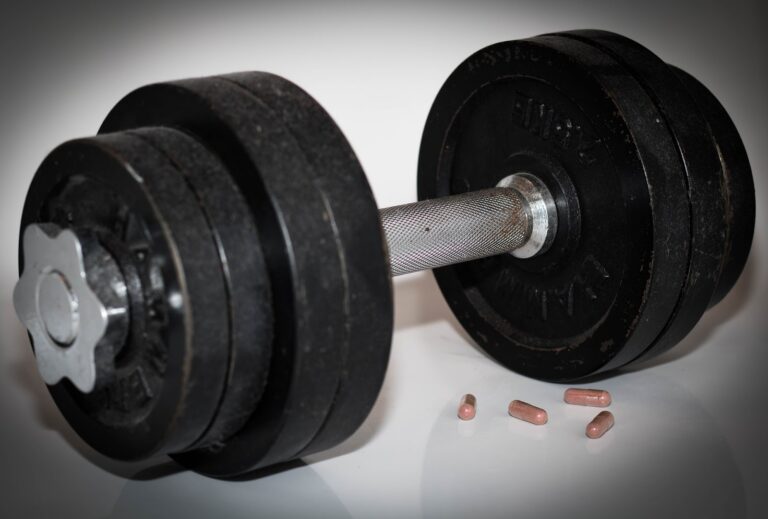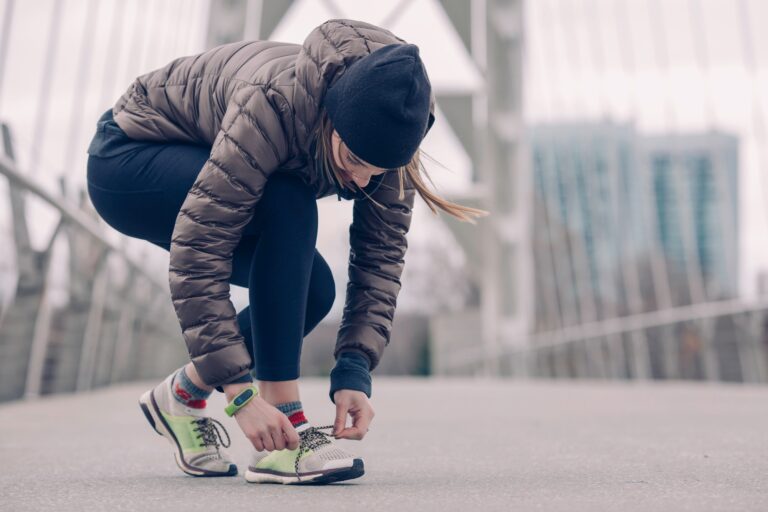5 Simple Tips & Advice for Athletes on Avoiding Common Sports Injuries
Exercise is great for keeping your body healthy as well as your mental health. However, athletes can experience injuries when they practice or compete. Common sports injuries include sprains, strains and tears. These typically occur in joints such as knees, ankles and wrists depending on the sport you play.
But there are ways to try and avoid these injuries. Here are some tips to keep your body in peak condition.
5 Simple Tips & Advice for Athletes on Avoiding Common Sports Injuries
Proper warm-up
Before you even think about starting to play your sport, warming up is essential. The right warm-up will stretch all of your muscles as well as get the blood flowing. By getting the blood flowing you are getting more oxygen around your body. This means your body will be more efficient.
Warming up also helps you to be more flexible through proper stretching. This helps to prevent any strains or tears and other sports injuries as your muscles will be more adaptable to exercise.
Stretch and conditioning
You should incorporate stretching into your warm-up and your cool-down session as well. Stretching your muscles when they are warm helps to promote recovery, reduce soreness and increase flexibility again.
If you have been using your legs a lot, start doing some quad stretches and hamstring stretches. For your arms do some bicep and shoulder stretches. It is important to remember to stretch your back as well.
Footwear and gear
The sporting market is flooded with safety equipment that will help to keep you safe and help avoid sports injuries. Depending on your sport, you will find something that will help.
Rugby players, for example, should look into back and shoulder supports that can be worn under the clothing. Headgear such as a headguard is essential in scrums and tackles to protect your head from some of the impact.
If you have suffered an injury already, it is worth supporting that area to prevent further pain. Knee and ankle braces can help to support the joint when running or moving around.
In impact sports such as wrestling or martial arts, padding should be worn to protect delicate areas of the body from repeated blows which can cause soft tissue damage.
Listen to your body
As an athlete, it’s vital to interpret your body’s signals, particularly when you suspect you’ve sustained an injury because of external factors. Disregarding discomfort can unintentionally extend recovery periods or introduce complexities to the healing process.
Should you encounter such a circumstance, it’s advisable to reach out to a legal firm with expertise in addressing personal injury claims that stem from external causes. This step can help you explore potential avenues for compensation.
Ultimately, the foundation of a successful recovery lies in prioritising rest, maintaining proper nutrition, and seeking expert medical attention when necessary. Establishing an environment that promotes healing is of utmost importance. Think of it as tending to a garden; your body, like a garden, thrives when provided with the appropriate care and conditions for optimal recuperation.
Rest and recovery
If you do have an injury rest can be the biggest healer. However, nutrition can help in your healing.
Increasing the amount of protein in your diet helps your muscles to repair faster. If your injury was more of a cut or graze, up your iron intake. This will help to maintain your haemoglobin levels. Paired with this should be an adequate amount of Vitamin C as this helps to absorb the iron.
Finally, zinc is a great helper for healing wounds of the skin, so any lacerations will heal faster if you up your zinc. If you are unsure about how to go about this, speak to a dietician for ways to incorporate this into your diet.


